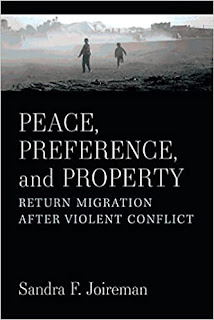
He applied the "Page 99 Test" to his new book, The Dragon Roars Back: Transformational Leaders and Dynamics of Chinese Foreign Policy, and reported the following:
Page 99 of the Dragan Roars Back: Transformational Leaders and Dynamics of Chinese Foreign Policy is an analysis of Xi Jinping’s Belt and Road Initiative (BRI) as part of his enlarged periphery strategy to build China’s regional primacy toward global dominance, like the US beginning in West Hampshire to build global primacy.Follow Suisheng Zhao on Twitter.
The Page 99 Test may not be the best browsers' shortcut to the book but works well because the analysis presents a crucial case of chapter 3 with the title, “Xi Jinping’s Big Power Diplomacy: Showing China’s Sword,” which explores how Xi Jinping buried his predecessors’ low-profile diplomacy and pursued the China Dream of Great Rejuvenation. Xi Jinping is one of the three transformational leaders studied in the book who have charted unique courses of Chinese foreign policy in the quest for security, prosperity, and power. Mao Zedong led revolutionary diplomacy to keep the wolves off the door; Deng Xiaoping’s developmental diplomacy created a favorable international environment for economic prosperity; Xi Jinping launched big power diplomacy to return China to the global centrality it occupied throughout most of human history. With the ultimate decision-making authority on national security and strategic policies, these leaders have made political use of ideational forces, tailoring bureaucratic institutions, exploiting the international power distribution, and responding strategically to the international norms and rules to advance their foreign policy agendas in the path of China’s ascendance.
This book provides a historically in-depth, conceptually comprehensive, and up-to-date analysis of the critical role of transformational leaders in the transition of Chinese foreign policy, leading to the ascendance of China to global power. Understanding how these leaders saw the world and how they tried to change it is essential if we are to understand where Xi Jinping intends to lead China.
--Marshal Zeringue

























